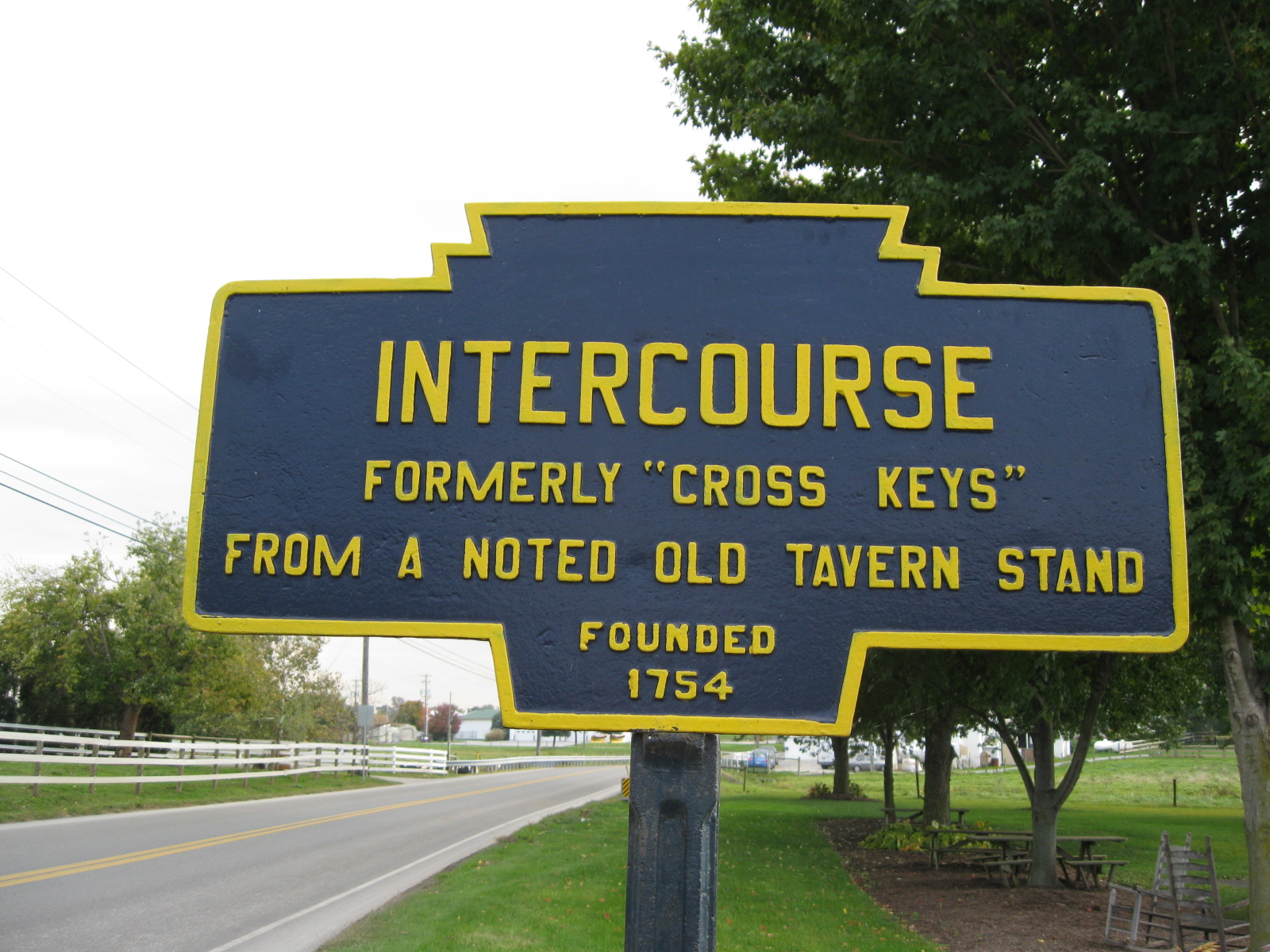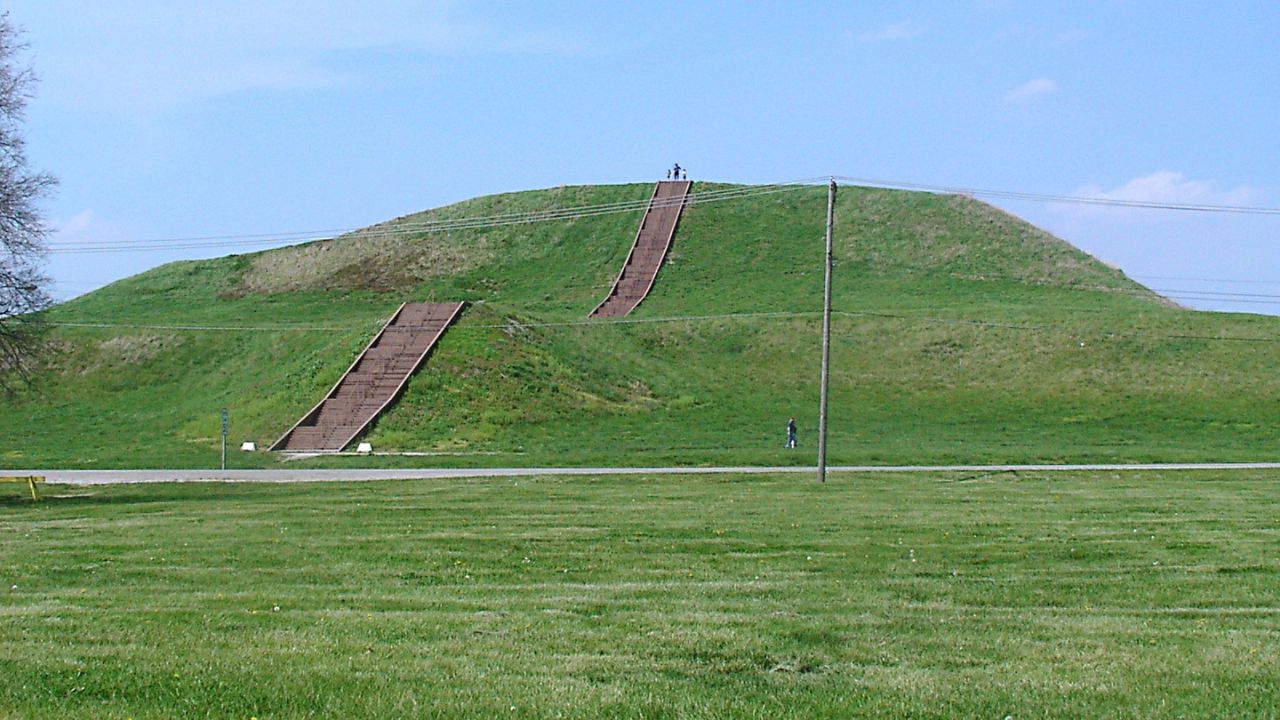Patriotic landmarks rarely collapse in a single dramatic moment. Pride drains away slowly, year by year, until bright plazas feel hollow and quiet. The places here once stood as proof of national strength, sacrifice, or ambition. Crowds gathered, flags waved, and leaders promised a better future under grand arches and domes. Now peeling paint, broken glass, and locked gates carry a different kind of story, one about memory, neglect, and what a country chooses to celebrate, repair, or quietly abandon.
Buzludzha Monument, Bulgaria
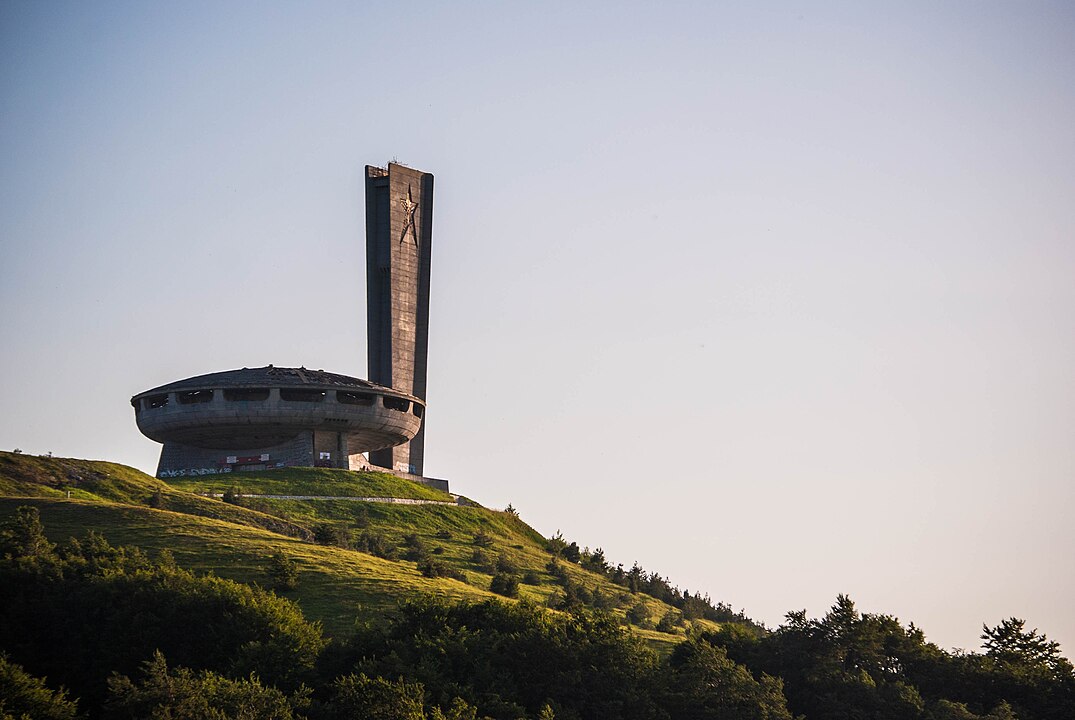
High in the Balkan Mountains, the Buzludzha Monument once served as a dramatic meeting hall for the Bulgarian Communist Party, lined with vast mosaics that praised unity and progress. When the system that funded it collapsed, the building lost its purpose. Windows shattered, snow poured through the damaged roof, and tiles fell from the walls. The huge concrete shell still dominates the ridge, but inside it feels like a national promise left to freeze and crumble in the wind.
Petrova Gora Uprising Monument, Croatia
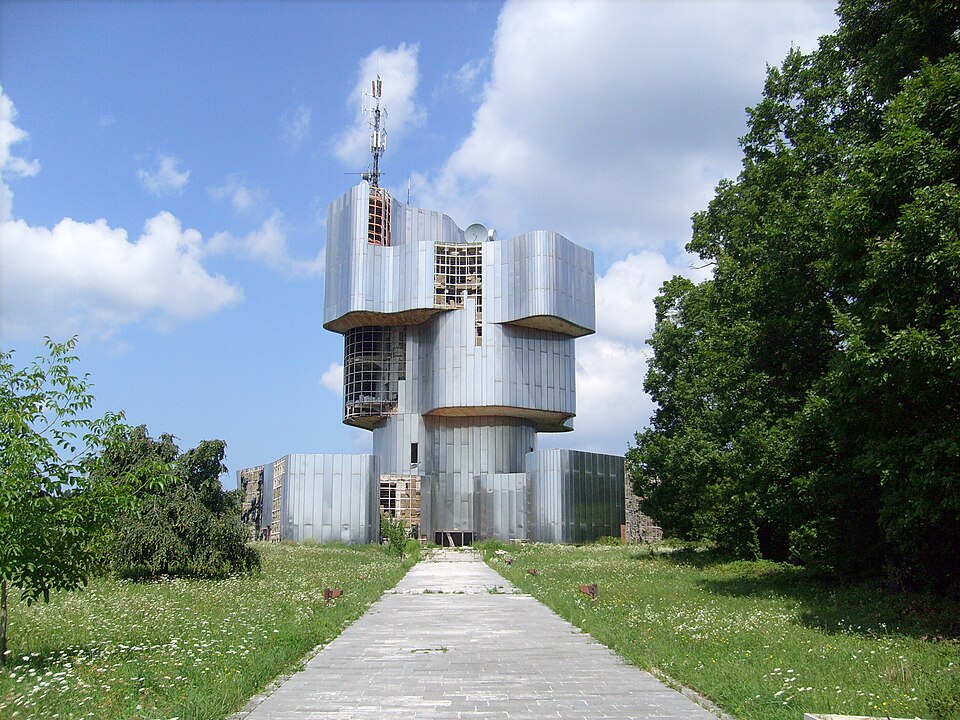
Hidden in thick forest, the Petrova Gora Uprising Monument was built to honor Partisan fighters who resisted fascist forces in the Second World War. Its layered concrete form once gleamed under stainless steel plates and housed exhibits about sacrifice and victory. Years of neglect, theft, and bad weather stripped off the metal skin and shattered the interior. Now the structure feels more like a stranded spacecraft, a patriotic memorial slowly turning into a rusting shell on a lonely hill.
Hashima Island, Japan
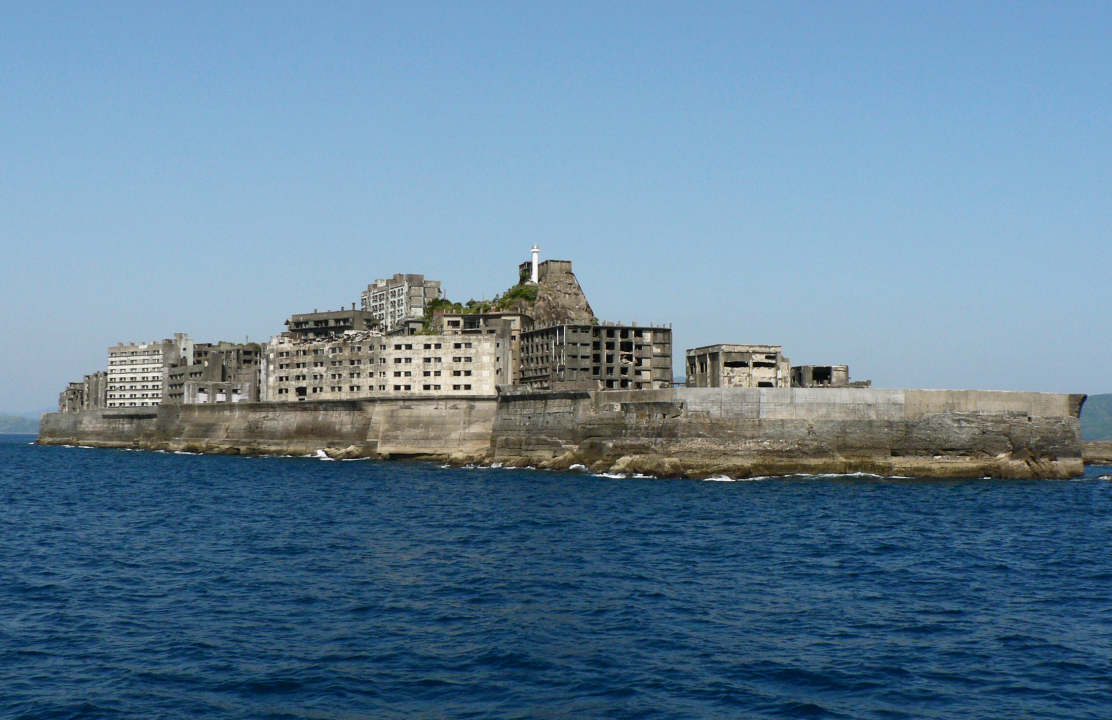
Hashima Island, often called Battleship Island, rose as a cramped company town that fed Japanese industry with coal and proud talk of progress. Families lived in high concrete blocks jammed between sea walls and smokestacks. When the mine closed in the 1970s, everyone left in a rush, and the island became an empty stage set. Salt air, storms, and time carved through roofs and stairwells. The result is part national landmark, part unresolved reminder of harsh labor and ambition.
Prora Sea Resort, Germany

Along the Baltic shore on Rugen, the Prora resort stretched for nearly three miles, planned as a vacation complex for thousands of German workers during the Nazi era. The war halted those plans, and for decades the immense blocks sat underused, their long corridors broken, rooms stripped, and facades stained by wind and salt. Locals viewed it with discomfort, unsure how to treat such a heavy symbol. New apartments fill some wings now, while other sections still stand eerily empty.
Kupari Military Resort, Croatia
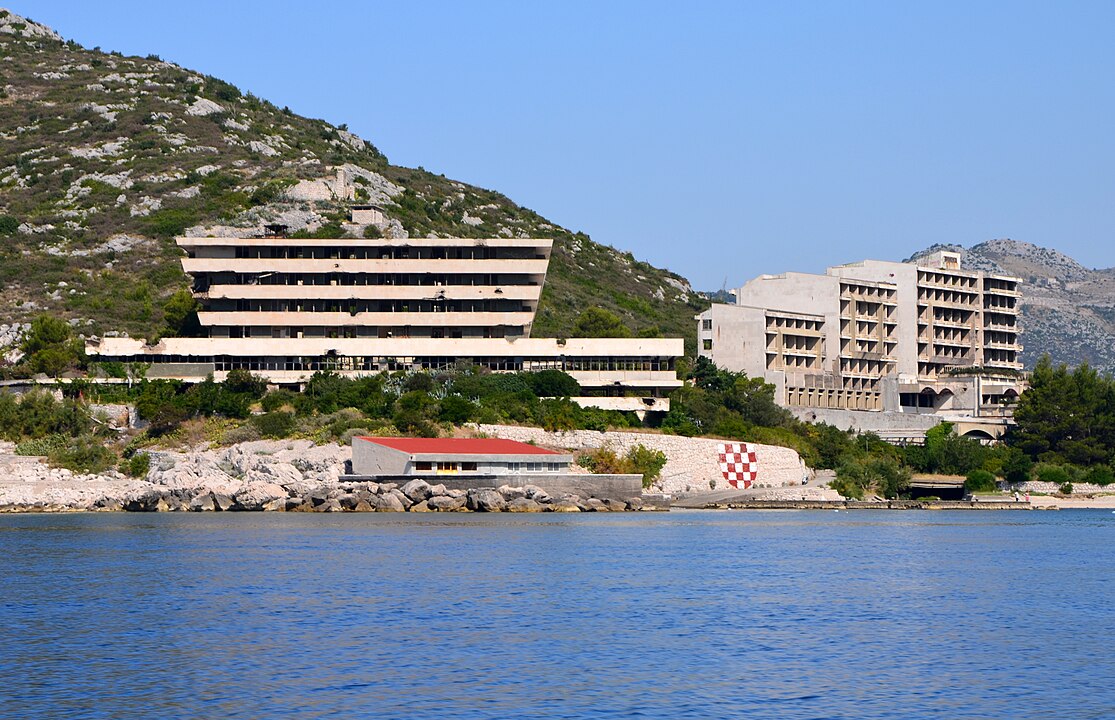
South of Dubrovnik, the Kupari resort once welcomed officers and guests from the Yugoslav army to grand beachfront hotels and villas. Marble lobbies, chandeliers, and sweeping staircases showcased state funded luxury beside a quiet bay. During the Croatian War of Independence, shells and fires tore through the complex and looters finished the damage. For years afterward, swimmers used the bay while empty hotels loomed behind them, broken windows and scorched walls framing every summer view.
Varosha, Famagusta, Cyprus

Before 1974, Varosha in Famagusta ranked among the brightest resort districts in the eastern Mediterranean, packed with towers, shops, and beachfront cafes that symbolized a modern Cypriot future. When fighting began and Turkish troops advanced, residents fled in hours and the area was sealed off. Clothes hung in closets, cars rusted in garages, and balconies faced an empty sea. Sun and salt slowly turned the quarter into a snapshot of interrupted prosperity and unresolved political conflict.
Michigan Central Station, United States
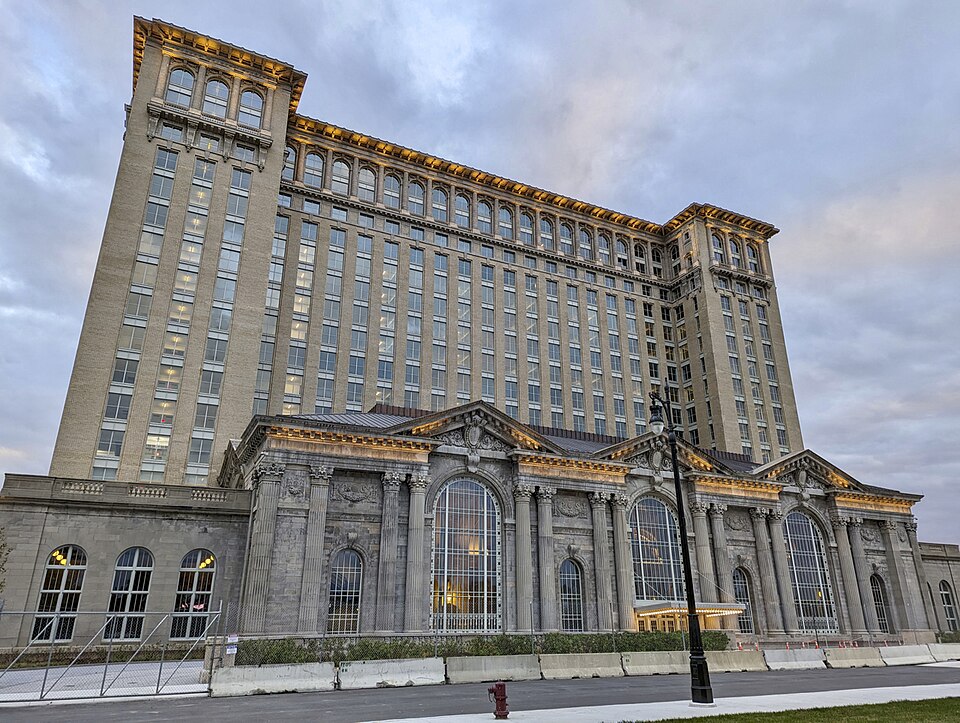
Michigan Central Station in Detroit once welcomed immigrants, soldiers, and vacationers through a soaring concourse of marble and tall windows, a proud gateway to the car capital. When passenger rail declined, the station closed and sat vacant for decades. Copper wiring vanished, glass fell from upper floors, and weeds filled the entrance. Photographers turned it into a symbol of decline. Restoration is underway now, but the long abandonment still shapes how many people picture the city.
SS United States, United States
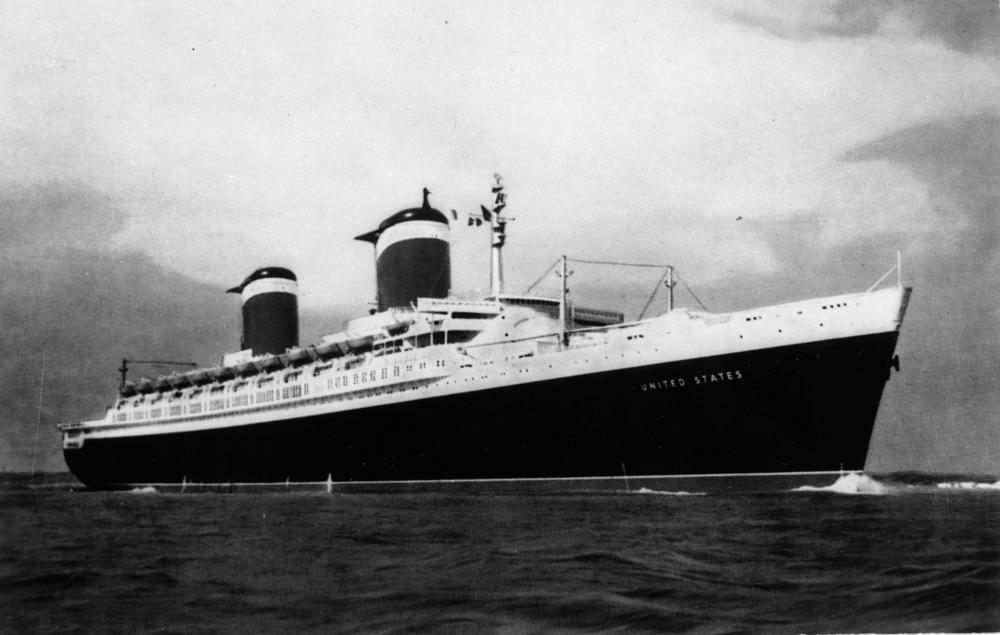
Launched in the early 1950s, the SS United States once carried diplomats, movie stars, and families across the Atlantic faster than any rival, a floating expression of American engineering pride. Retirement brought a harsh change. Interiors were stripped, fittings sold, and the ship spent decades tied to a pier, funnels fading and hull streaked with rust. Preservation campaigns have fought to save her, yet each passing year of neglect makes that rescue feel more fragile.
Athens 2004 Olympic Venues, Greece
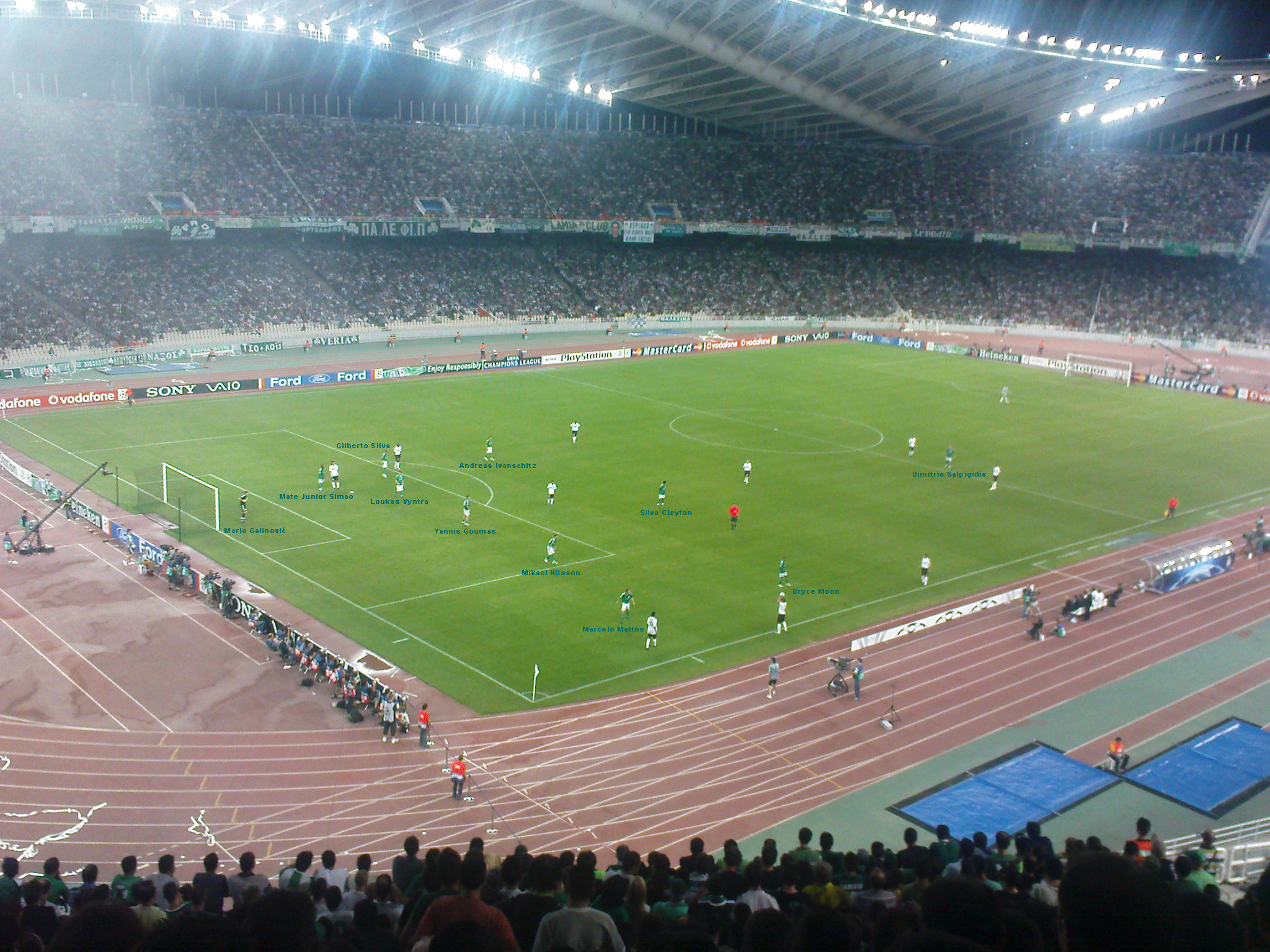
When the Olympic Games returned to Athens in 2004, new stadiums, arenas, and swimming complexes were meant to show that Greece could host the world with confidence. After the flame went out, maintenance budgets shrank and attention shifted. Bleachers rusted in the sun, weeds grew through empty courts, and dry pools filled with dust. Some venues have been reused, but others still sit at the citys edge as quiet warnings about grand events and short public memory.
Sardar Vallabhbhai Patel Stadium, India
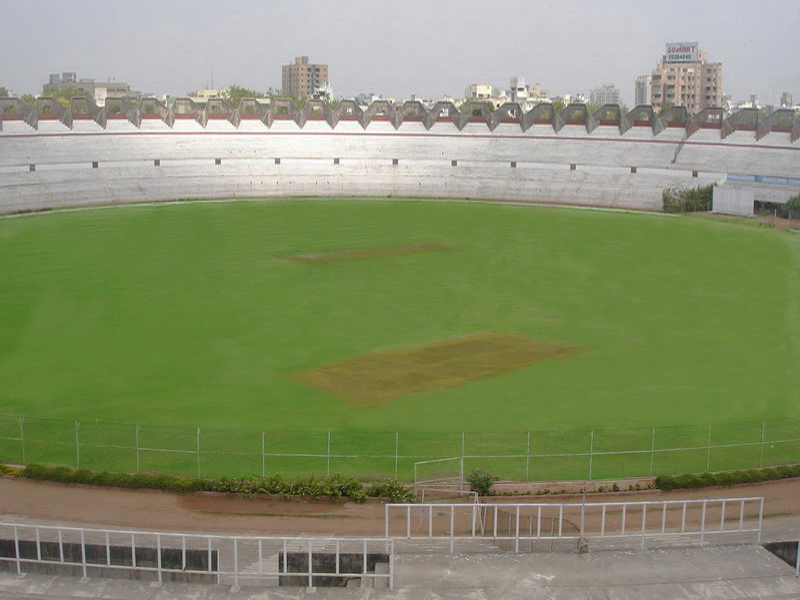
In Ahmedabad, the Sardar Vallabhbhai Patel Stadium rose in the 1960s as a bold concrete arena for cricket, tied closely to post independence optimism and city pride. Designed by leading Indian architects, it hosted major matches and helped define the local sporting scene. Over time, new venues and shifting plans left the stands underused and weather stained. Proposals to demolish or replace it now compete with campaigns that treat the aging arena as a rare modern landmark worth saving.

